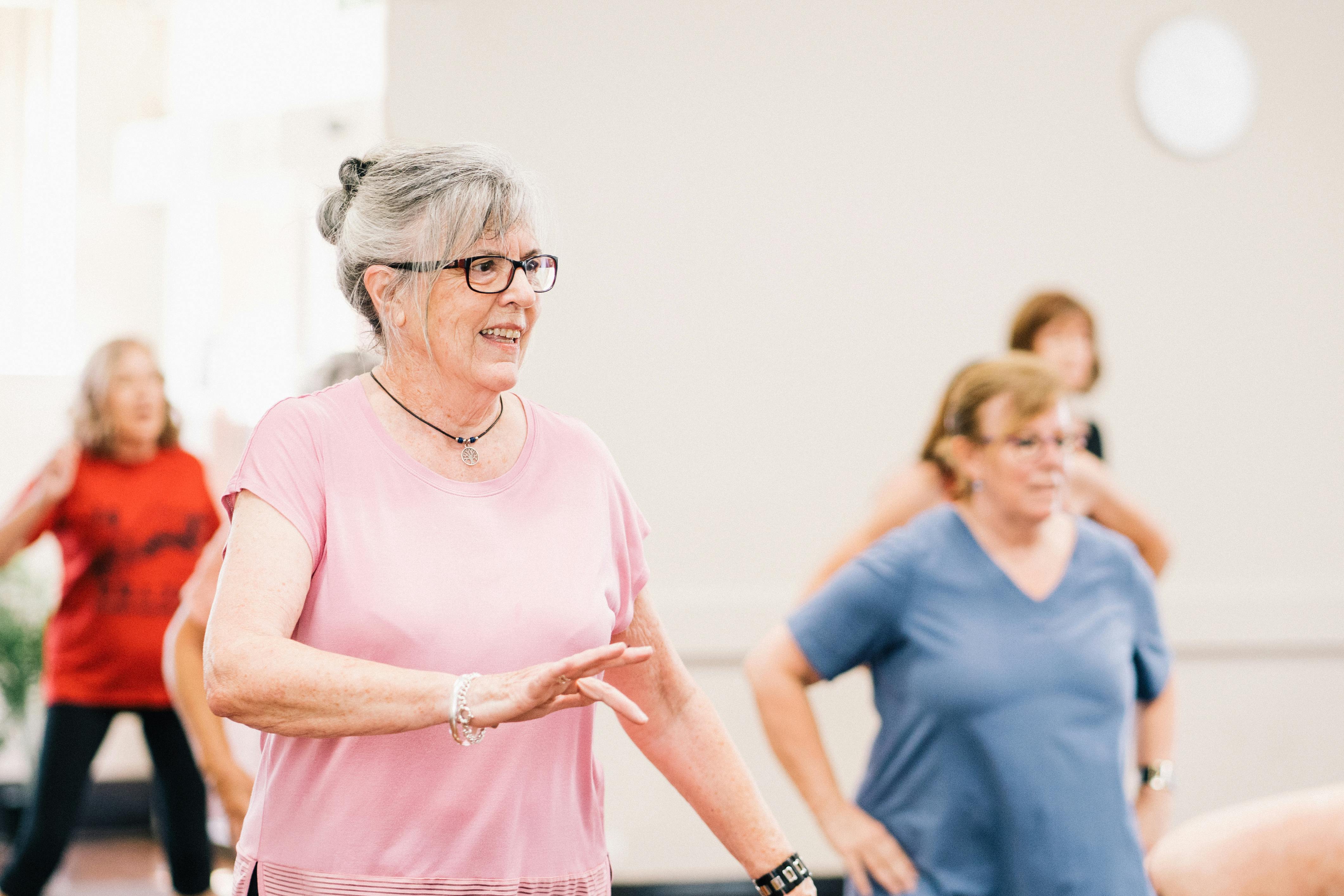Media release
From:
Both weights and HIIT offer health benefits for cancer survivors
Research from Edith Cowan University (ECU) has revealed that both resistance training and high intensity interval training (HIIT) produced sufficient levels of myokines to help in the fight against cancer.
The study, which followed breast cancer survivors through a 12-week training programme, investigated how resistance training and HIIT each affect the growth of breast cancer cells in lab tests using blood samples from breast cancer survivors.
“We found that blood taken after rest, following either resistance training or HIIT, reduced the growth of these cancer cells in vitro by 22% and 25%, respectively. This suggests both types of exercise may help slow cancer cell growth,” PhD candidate Francesco Bettariga said.
“There was no major difference between the effects of RT and HIIT, meaning they seem to work equally well. Although, interestingly, with HIIT, the reduction in cancer cell growth was linked to an increase in lean muscle and a decrease in body fat after 12 weeks of training.”
Previous research has found that that exercise is safe and effective during and after cancer treatment, as it can improve physical fitness, body weight and composition, reduce fatigue, anxiety, and depression. Exercise can also boost the immune system and lower chronic systemic inflammation and reduce the risk of cancer recurring or mortality by about 40%.
“Recently, we also found that people with higher physical fitness like stronger muscles and better heart and lung health, had a 31% to 46% lower risk of dying from any cause. This supports the idea that exercise could be a powerful part of cancer treatment,” Mr Bettariga said.
The Results
Different types of exercise have different impacts on the body, with resistance training able to substantially improve muscle strength and mass, while HIIT can stimulate cardiorespiratory fitness and reduce fat mass.
“It’s very important to find out if different types of exercise cause different effects on myokines and their potential cancer suppressive effects,” Mr Bettariga said.
Myokines are a protein produced by muscles during exercise, which have anti-cancer effects.
“The results from our research showed that both groups of participants had higher levels of myokines at the end of the 12-week programme, than at the beginning, which means regardless of the exercise you do, you can gain benefit,” he added.
Exercise is only one factor of cancer care and should be done in conjunction with medical interventions, as prescribed by a doctor, Mr Bettariga said.



 Australia; QLD; WA
Australia; QLD; WA


